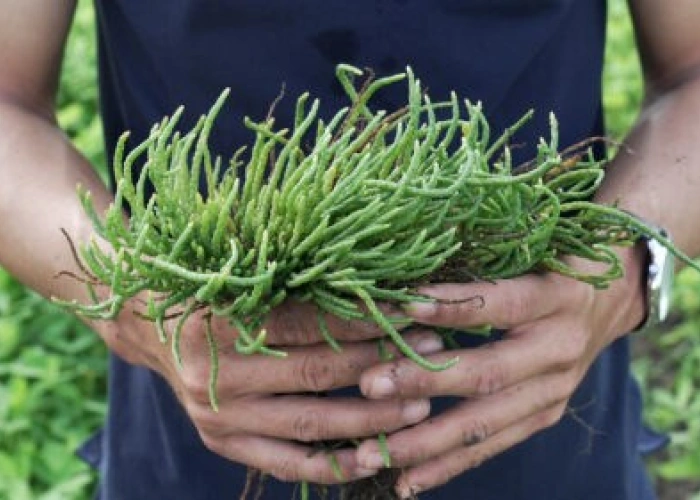Developing the Halophyte Agriculture Sector in Vietnam

Most of Vietnam’s productive land lies in low-lying coastal expanses, placing valuable economic assets at risk of damage from sea-level rise. Rising seas is a particularly key issue in one of the country’s most economically productive regions, the Mekong Delta, where seas are rising at an average 3mm per year. The issue is so severe that climate projections estimate by 2050 more than 31 million people in this region will live below high-tide lines, and large portions of agricultural land will be unusable. For these reasons, Moody’s Investors Service estimates that assets worth 10% of Vietnam’s GDP are ‘exposed’ to the effects of sea-level rise, making Vietnam one of the world’s most vulnerable nations.
Our mission in Vietnam is to generate new economic opportunities in areas affected by land degradation and in areas with limited access to fresh water by creating a sector for halophyte crops. Our intention is to develop partnerships with local farmers that can facilitate production, through provision of seeds and routes to market, empowering farmers to develop their own cultivation strategies for these new crops.
Another key outcome of our work in Vietnam is to integrate halophyte cultivation with aquaculture systems. Vietnam is the world’s largest shrimp aquaculture producer regarding land area, where many of these farms discharge large volumes of untreated waste. Our system allows farmers to irrigate high value salt tolerant crops with clean effluent from their production ponds and generate value from wastewater. Furthermore, these crops contain essential lipids and micronutrients used in livestock and aquaculture feeds which we are testing at our aquaculture demonstration site.
Finding other marketable halophyte species native to Vietnam is one our most exciting new projects. We are consistently finding plant species that can tolerate salt which grow prolifically in salt marshes across Vietnam. Many of which have market value in other countries or were once consumed and now have been forgotten. Rediscovering markets for these forgotten species is among the most important work we are doing.